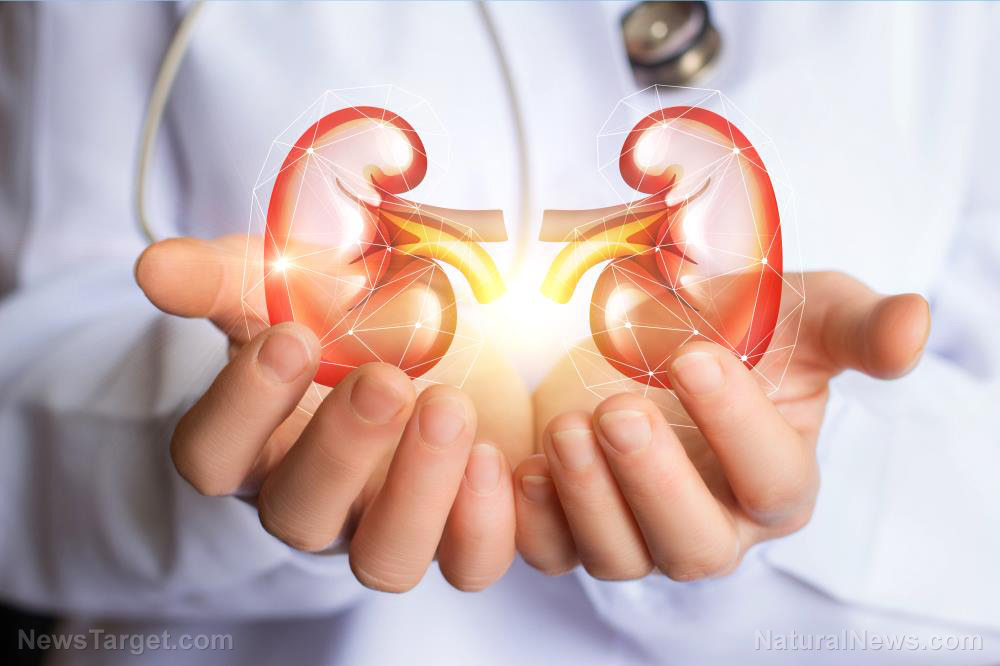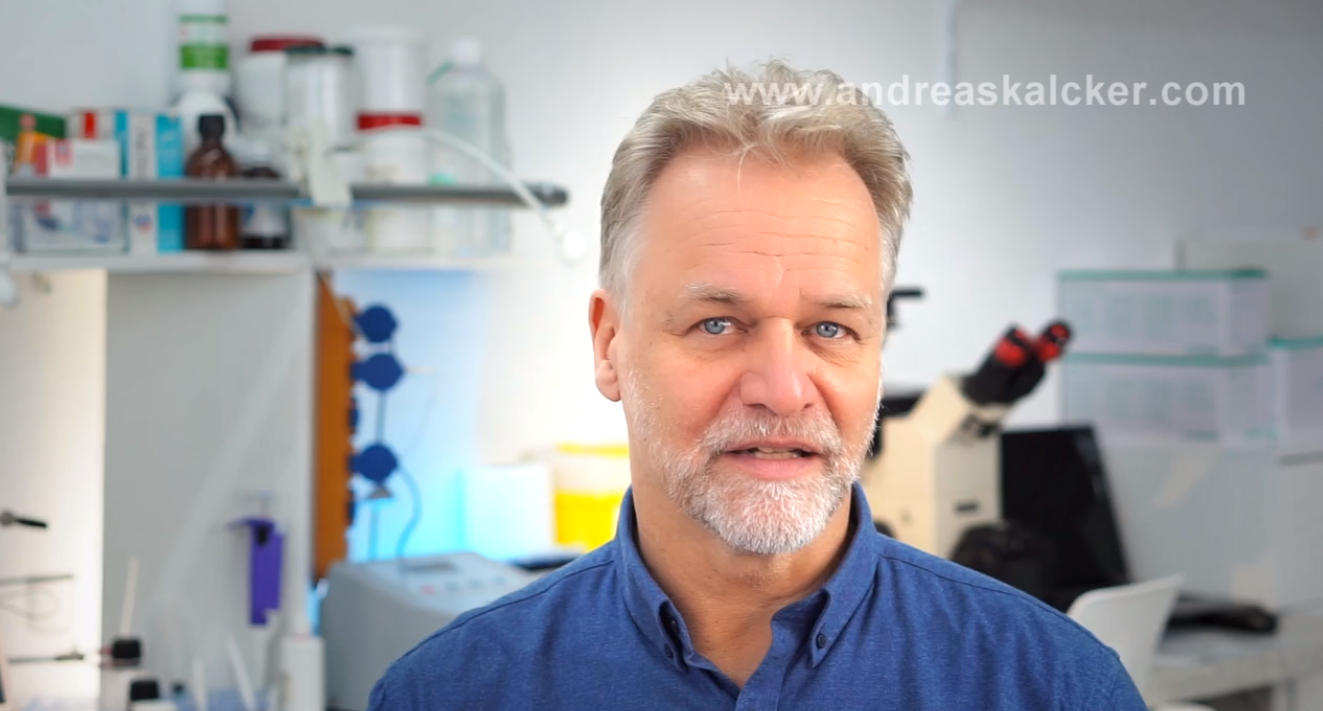Study finds Chinese skullcap herb improves bone health
08/27/2019 / By Evangelyn Rodriguez

Bone mineralization is an important process that starts from infancy and continues throughout life. It is an essential part of bone formation and the bone remodeling process. Problems with bone mineralization are directly linked to diseases like rickets in children, osteomalacia in young adults, and osteoporosis in older adults; hence there is considerable scientific interest in the mechanisms and enhancement of this process. In a recent study published in The American Journal of Chinese Medicine, researchers from the Johannes Gutenberg University of Mainz in Germany encapsulated two flavanoids in amorphous calcium polyphosphate (Ca-polyP) microparticles and examined their effects on bone mineralization. Their findings demonstrate that the combination of nutraceutical components found in medicinal plants and micro-sized calcium-phosphate vehicles could be a good system to use for the prevention of bone diseases related to failure in mineralization.
The particulars of the study
For their study, the researchers used two flavones, namely, baicalin (baicalein 7-O-B- d-glucuronic acid) and its aglycone, baicalein (5,6,7-trihydroxyflavone). They obtained these two compounds from the root extracts of Scutellaria baicalensis, also known as Chinese skullcap. This herb is used in traditional Chinese medicine to treat inflammation, insomnia, hepatitis, epilepsy, atherosclerosis, and cancer. It is also known for its abundance of antioxidants, particularly in the form of flavones. Flavones are specialized metabolites involved in plant signaling and defense that also confer health benefits when included in the human diet. Baicalin and baicalein are currently used as herbal supplements and they boast neuroprotective, anticancer, and anti-anxiety properties. They also help the liver, lungs, and the eyes. Both flavones, when used for in vitro studies, are nontoxic to cells at concentrations lower than 3 micrograms/milliliter (ml).
The researchers decided to encapsulate these compounds in amorphous Ca-polyP microparticles. Calcium phosphate is the main mineral found in bones and teeth. Calcium phosphate deposits reside in cells involved in bone mineralization and they are said to contribute to bone apatite formation. Research also suggests bone mineral creation proceeds via the transient formation of amorphous calcium phosphate, making it a good base for micro-sized vehicles that would deliver the flavones. The researchers reported that Ca-polyP particles with a stoichiometric P:Ca ratio of 1:2 are normally degraded by cellular alkaline phosphatase (ALP) into ortho-phosphate, which is used for bone hydroxyapatite formation.
For their in vitro study, the researchers used primary human osteoblasts (phOSB). Osteoblasts are specialized mesenchymal cells responsible for bone formation. In humans, bones undergo two main processes: Modeling and remodeling. During childhood and adolescence, bones are formed, sculpted, and – once old – removed through modeling. They are then replaced by new bones through remodeling. Remodeling occurs throughout life and much of the cellular activity in bones has to do with this process. During modeling, osteoblasts synthesize bone and during remodeling, they facilitate bone mineralization. Osteoblasts rebuild bones by filling in holes with collagen and laying down calcium and phosphate crystals. Osteoblasts are not the same as osteoclasts, whose main function lies in the resorption of bones.
Components of Chinese skullcap improves bone mineralization
The researchers reported that the flavone-loaded Ca-polyP microparticles were taken up by phOSB, which resulted in the accumulation of polyP around the nuclei of cells and the formation of intracellular vesicles containing ALP. They also reported that baicalin and baicalein (without encapsulation) caused a rise in the concentration of intracellular calcium [Ca2+]i. This was augmented after encapsulation in Ca-polyP. The researchers suggested that this was due to the activation of phospholipase C – an enzyme involved in bone resorption – caused by the two flavones. They also observed that both baicalin and baicalein, encapsulated or not, upregulated the expression of the osteoblast calcium efflux channel and the plasma membrane Ca2+-ATPase. In addition, they induced the expression of ALP, which promotes bone mineralization, but only when encapsulated in Ca-polyP microparticles. Ca-polyP without flavones also induced ALP expression.
The diagnosis of osteoporosis is based, not only on the occurrence of fragility fractures, but also on low bone mineral density. Low bone matrix mineralization is also seen in patients with osteoporosis. The researchers believe that this system of encapsulating beneficial compounds like flavones in Ca-polyP microparticles may be useful in the treatment or prevention of this disease as their study proved that it could enhance bone mineralization. They also suggest the use of baicalin and baicalein as components of nutriceuticals designed for osteoporosis prevention or bone implants.
Sources include:
Submit a correction >>
Tagged Under:
aging, alternative medicine, anxiety relief, baicalein, baicalin, bone disease, bone formation, bone health, bone mineralization, calcium, calcium polyphosphate, disease treatments, flavones, flavonoids, herbal medicine, Herbs, mineralization, natural cures, natural medicine, nutriceuticals, osteoblasts, osteoporosis, prevention, research, Scutellaria baicalensis, TCM, traditional Chinese medicine
This article may contain statements that reflect the opinion of the author
RECENT NEWS & ARTICLES
COPYRIGHT © 2017 PREVENTION NEWS





















